It’s the best time to start to “make”.
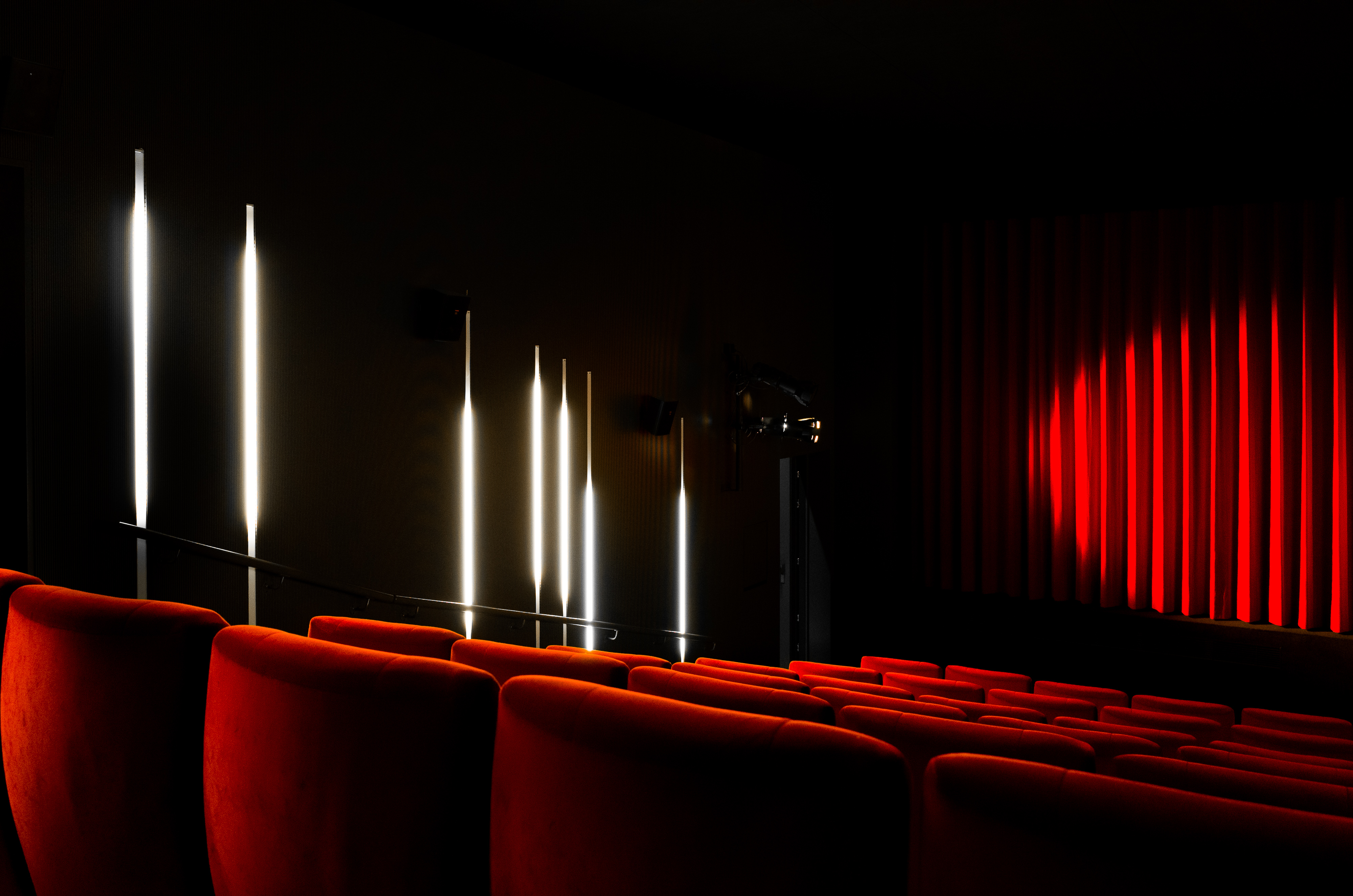
Have you ever wondered what the difference is between a “good” photograph and a “bad one”?
Of course this question is highly individual – is there a “good” and a “bad one” at all? – some may value technical aspects much more than artistic impression or overall image quality, even more than “the decisive moment” (see Henri Cartier-Bresson: “The Decisive Moment”). Indeed it depends: There is no general rule concerning artistic value – value is always individual and therefore completely up to everyone’s own taste.
Nevertheless I dare to say that images taken only “because it was so beautiful” tend to disappear soon – even before they get published. Out of sight is out of mind, yet another image – next please. There is simply no story behind them, no character and a lack of indivual style, just like normal pictures that everyone takes during the holidays.
What is a “good” photograph then?
A good photograph is “made”, not just “taken” or “shot”.
«You don’t make a photograph just with a camera. You bring to the act of photography all the pictures you have seen, the books you have read, the music you have heard, the people you have loved.» ― Ansel Adams
Ansel Adams also coined the term “to make a photograph”.
«You don’t take a photograph, you make it.» ― Ansel Adams
Someteimes there is a long process before the photograph, starting with the emotional connection to the subject and the planning in order to finally achieve the desired artistic expression.
Just have a look at the most renowned photographers: Each of them has his own indivual and unique style and way of visualizing somthing. Nothing is left to fortune.
Take Henri Cartier-Bresson, for example; see also here, the world-famous master of “The Decisive Moment”.

Or take Alan Shaller, who’s fantastic street photographs impress with the perfectly planned moment.
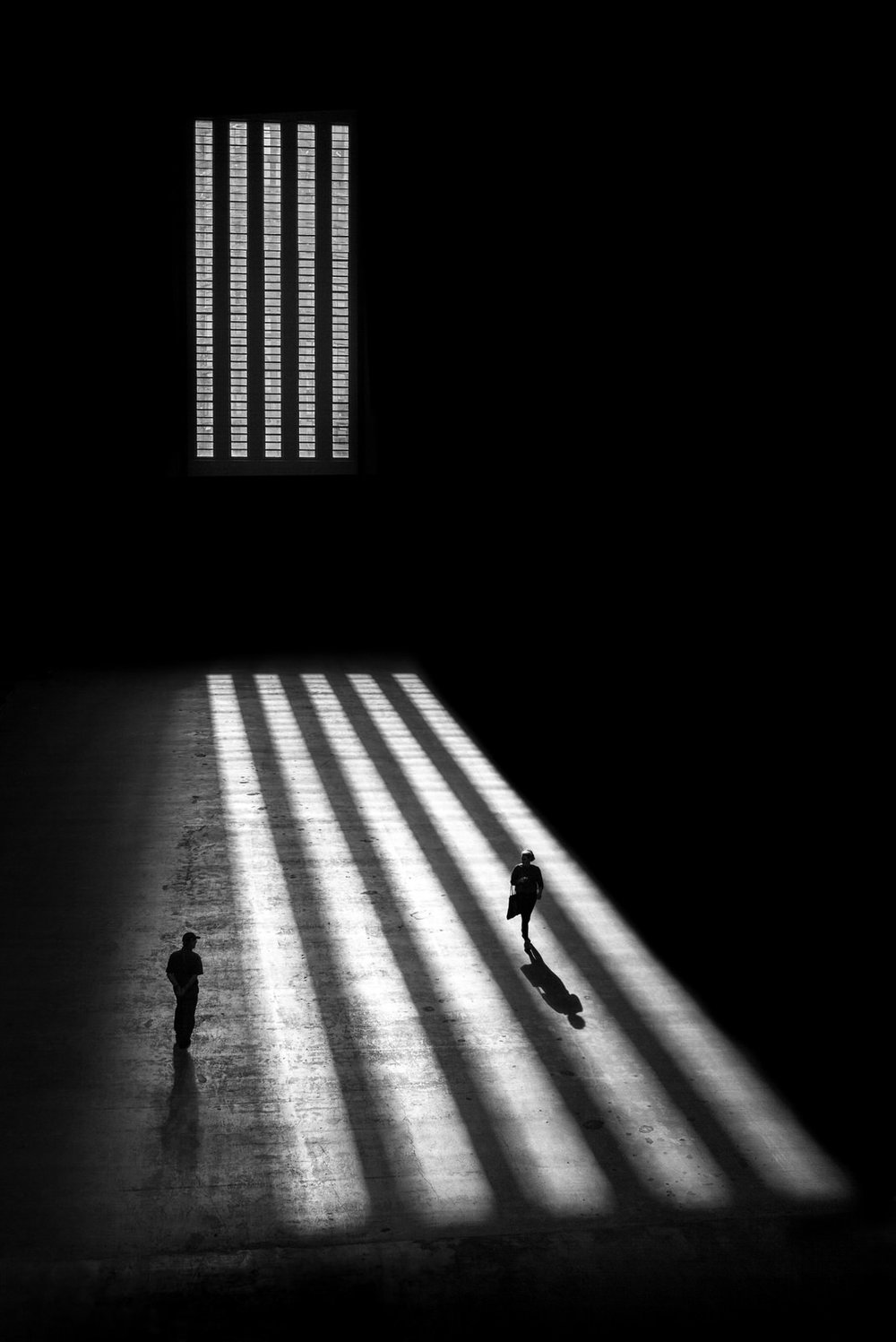
Or Joel Meyerowitz and his famous double shadow image.
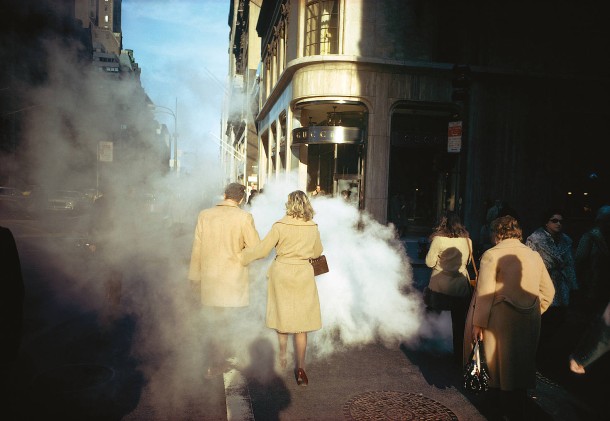
Of course there are many other exceptional creators out there to be mentioned as well, please take Henri Cartier-Bresson, Alan Schaller and Joel Meyerowitz just as examples. They all have one in common:
They perfectly plan their photographs – waiting for the right “decisive” moment and the perfect light at the right location – nothing was left to chance.
They finally get the perfect moment (and photograph) with their trained eye and their consistent style – by years of practice.
They all make the photograph, and most important:
Each of them takes his time to get to know what they want to photograph.
This brings me back to the topic of this article:
They all take their time to get to know what they want to photograph. They make their photographs in a very conscious and consequent approach – they do not just rush around, take thousands of pictures in order to sort them out at the end and hopefully be surprised by a few keepers.
Rule #1: Take your time to get to know your subject. It’s never been a better time to do so than right now.
Take this (quite unspectacular) photograph of one of my windows as an example. Of course it should have been cleaned for a long time, but I left it as dirty as it was in order do photograph the color spots and reflexes of light on it later. Before the photograph I was standing at the window at least for half an hour and carefully planned the photograph. I took my time to find the best point of view, the right light, and I waited for the clouds, played with the depth of field and finally made the photograph. In post I developed the raw file to my taste – I focused on the colorful spots of light and the interesting contrasts and reflexes on the dirty surface in front of the monochromatic dull dark wintry light.
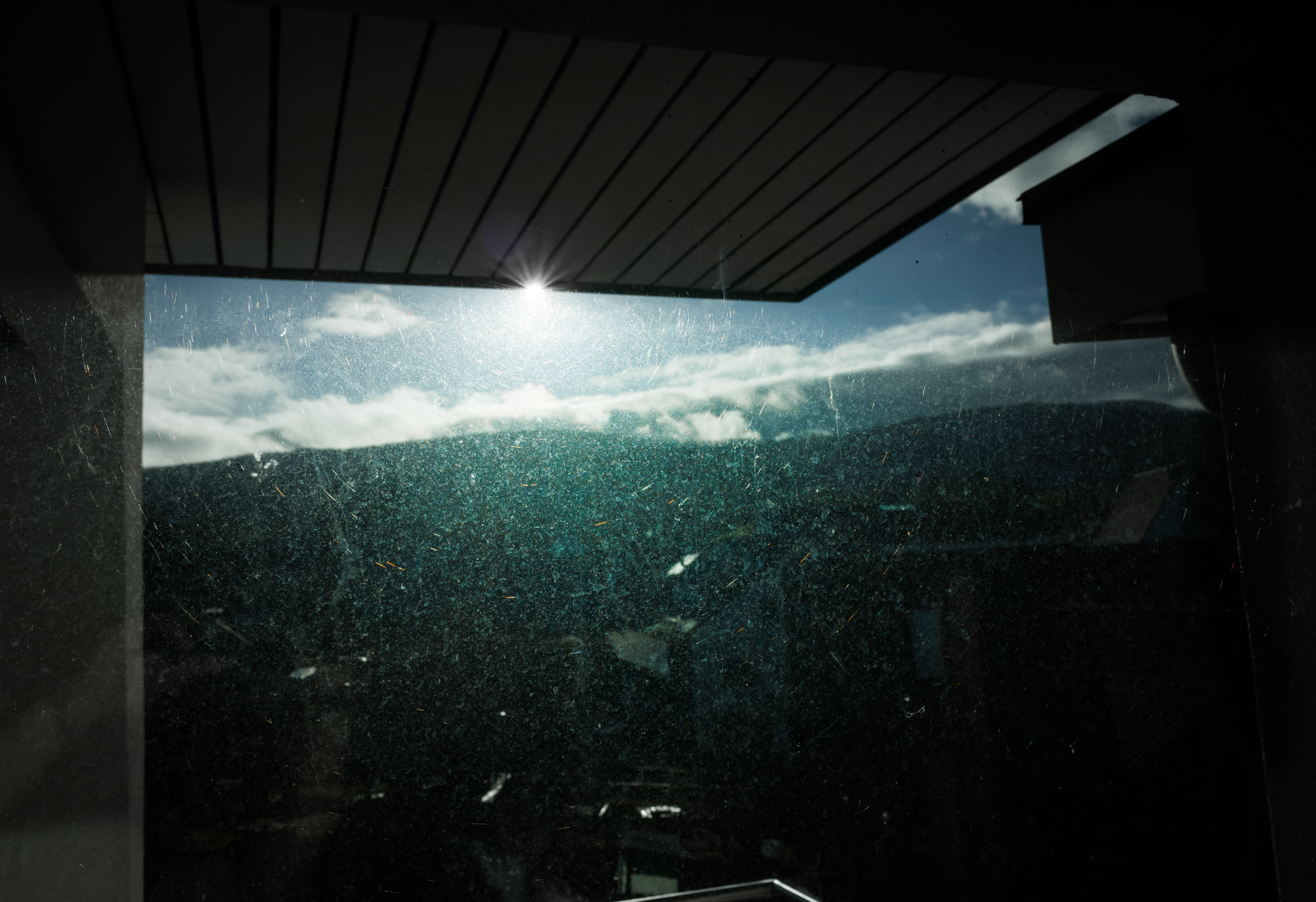
Rule #2: What is the story behind your images? Tell a story or let them tell a story.
Let me make two examples.
Photowalk in Zurich
I wanted to photograph the crowd in Zurich during the shopping rush and the madness of this big metropolis. At the Bahnhofstrasse, Zurichs main shopping mile I just had to wait for the right moment. And there it was.
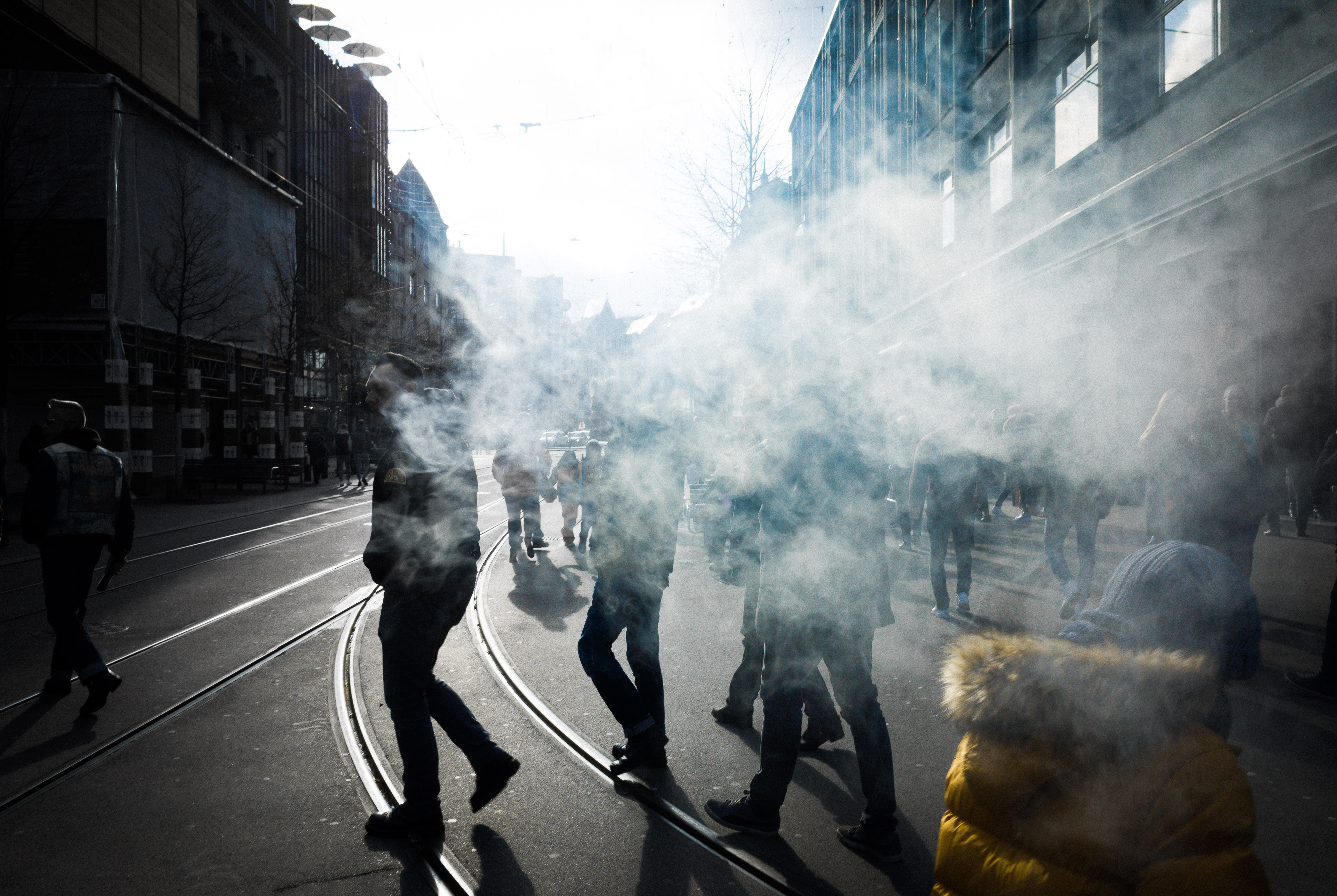
Paris
I wanted to photograph the beauty and ease of life during my stay in Paris. My day started with a photograph of a pedestrian crossing on my walk to the bakery around the corner where I got some French Croissants early in the morning before the common Paris traffic jam.

Later on I was stumbling over this moody bus stop. I first had a coffee next to it to plan my photograph.

Near the Tour d’Eiffel I enjoyed an icecream at the fast turning carousel – a perfect symbol of the ease of life in Paris!

On my way back to my hotel I finally photographed the last spots of light in the streets of Paris.
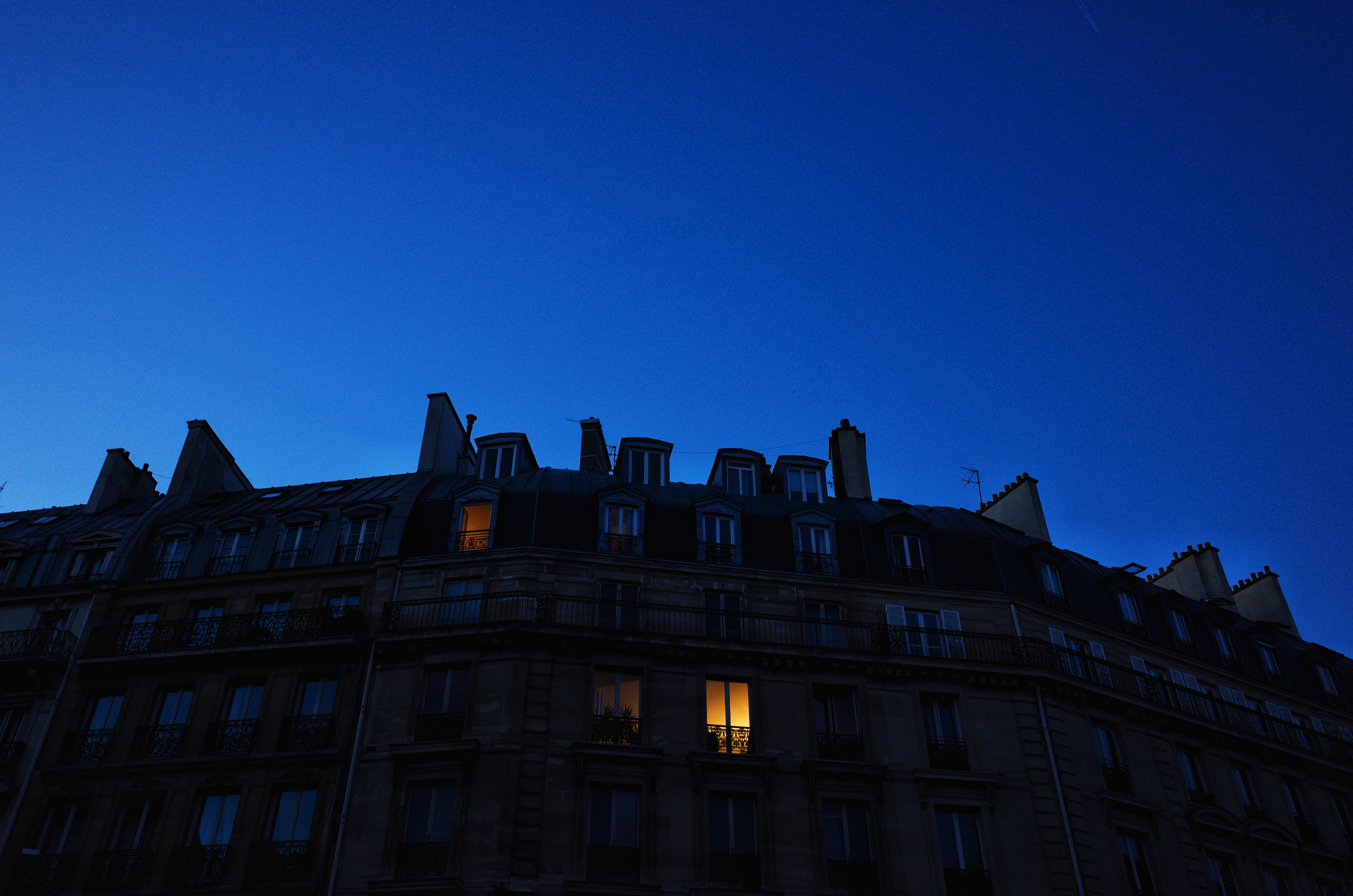
All of those images were “made”, not just “taken”.
Rule #3: Make your images. Do not just take them.
Take yourself a lot of time for your images. See a good example of one of my best images, only one or two miles away from my home. I wanted to show the beautiful wintry wood, full of light, strong contrasts and tons of tones. The wood – I love it so much! – and tell the story behind “Storytelling”.
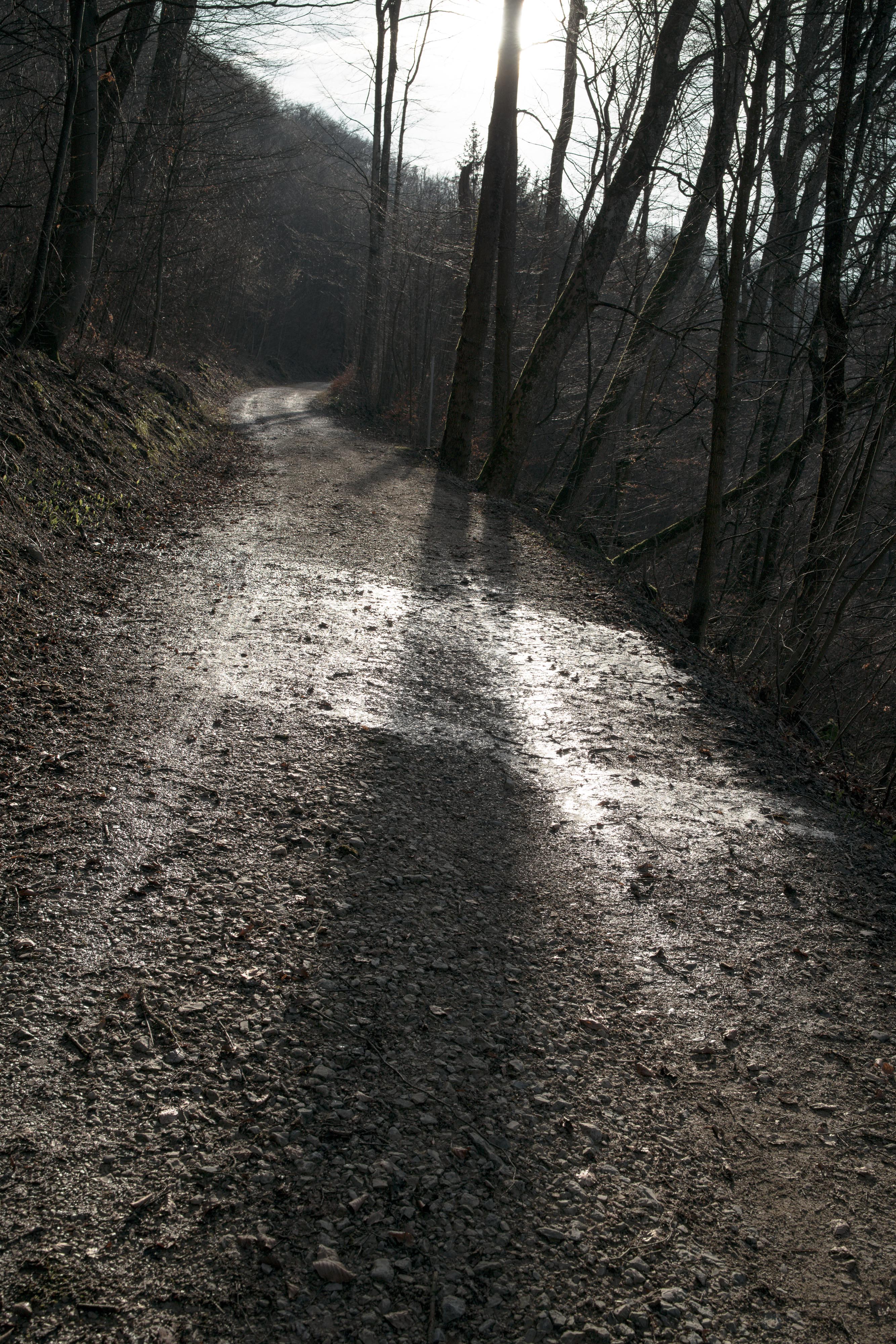
Conclusion and learning
Rule #1: Take your time to get to know your subject. It has never been a better time to do so than right now.
Rule #2: What is the story behind your images? Tell a story or let them tell a story.
Rule #3: Make your images. Do not just take them.
Btw rule #3 could be slightly modified to: Make your images, images you love, do not take someone else’s images. Make your’s. Create your art – not someone else’s art. Whatever they (someone else) might say.
Make art for yourself – not for your friends.
And in Social Networks: Make Art – not friends.
This may sound a little harsh at the end, but couldn’t it be the logical consequence of the previous argumentation?
What are your thoughts? Please let me know.
Home
Thank you for reading.
You can sign up for my newsletter here.


Oh yes! The modified rule #3 is the right way to go!